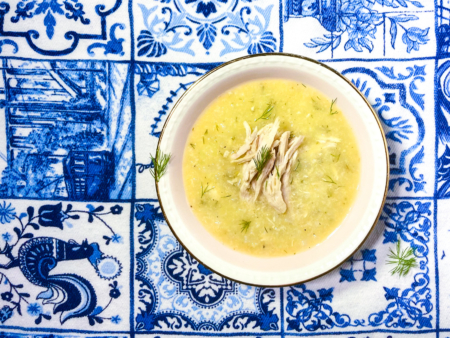Adding a little horseradish is a wonderful way to bring some excitement to your dish without packing on too much heat. Whether you’re eating it raw, pickled, or as a sauce, here’s how to use horseradish in your cooking.
History
Horseradish has been cultivated as a medicinal herb for thousands of years by the Egyptians and Greeks. In Greek mythology, the priestess of the Temple of the Apollo refers to the humble horseradish as being “worth its weight in gold”. However, its use as a culinary ingredient is historically localized to Europe, primarily in Britain, Germany, and Scandinavia, as a condiment for meat dishes.
Early settlers during the European colonization period brought horseradish to North America, where its popularity slowly grew to the thriving horseradish industry we know today.
Flavor
Horseradish has a pungent taste and packs a strong kick of heat. What differentiates the spiciness of horseradish from that of hot peppers is that, rather than a slow burn, the heat of horseradish produces a quick and fleeting sensation in the back of the nose.
Use
Horseradish in small amounts or diluted into a sauce pairs well with fatty dishes such as a buttery roast, oily fish, or even a loaded sandwich. Its sharp heat cuts through any greasiness and lasts just long enough to highlight the flavors of the meat. Try our recipe for Steak Sandwiches with Horseradish Sauce to try this delectable pairing.

The volatile isothiocyanate in the horseradish that gives the root vegetable its signature heat is activated by air and saliva. Adding vinegar can tone down the spicy hot sensation of horseradish while keeping the horseradish’s flavor intact. You can use this technique when making a classic horseradish sauce or when incorporating horseradish in a salad.
Puree horseradish with vinegar, mayonnaise, and your choice of seasonings for a creamy horseradish steak sauce. You can also drizzle a tangy vinaigrette over a salad with grated horseradish to tame some of its piquancy.
When working with horseradish, be sure to peel its rough outer skin first. The creamy white flesh of the horseradish easily turns brown with oxidation, so consider adding a little lemon juice to it after grating to preserve the color before use.
Feature image: Flickr user Fooding Around ( CC BY 2.0 )



